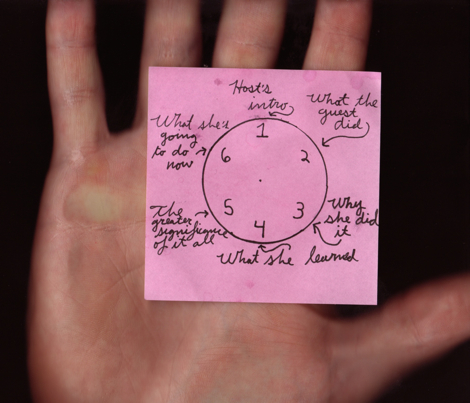
If every story were a circle, what would that circle look like? The October issue of Wired Magazine includes an article about Dan Harmon, creator of the NBC television show Community. The article focuses on Harmon's means of telling a story. He has it broken down into clear steps, and then the steps are drawn into a circle. They are:
- A character is in a zone of comfort
- But they want something
- They enter an unfamiliar situation
- Adapt to it
- Get what they wanted
- Pay a heavy price for it
- Then return to their familiar situation
- Having changed
This schema sounded really familiar. No surprise, of course, because so many pieces of classic and modern storytelling are based upon it. But it was familiar for another reason. Turns out Joseph Campbell came to a lot of the same conclusions, and I read about them a few months ago here in an article by Chris Vogler. I'm not sure how much credit ought to go to Campbell and how much to Vogler, so I'll credit them both. They go into a lot more detail than Harmon, with more steps and separate inner and outer journeys, but the idea is the same.
All of this got me wondering: If I broke down a segment of Think Out Loud into a circle, what would the circle look like? Here's what I came up with.

From start to end, that's:
- Host's introduction
- What the guest did
- Why she did it
- What she learned
- The greater significance of it all
- What the guest is going to do now
In retrospect, it looks like a pretty standard interview format. To what degree this plays to the strengths of radio, I don't know. I also don't know how many interviews follow this format that I settled on while eating dinner tonight. But now that I have a rubric, I'll be listening for it.